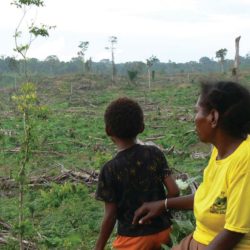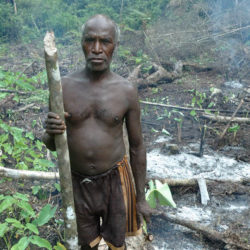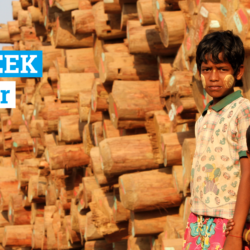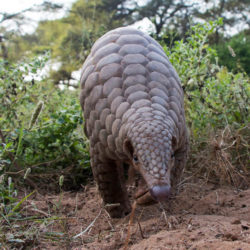
Forests Week: The vital importance of seeing the forests as so much more than just trees
EIA has worked with some of the most dedicated groups, individuals and communities over the past two decades to ensure that valuable timber species are included in addressing transnational crime and that forests are seen as part of the international sustainable development agenda
- Areas of work:
- Campaigns:






